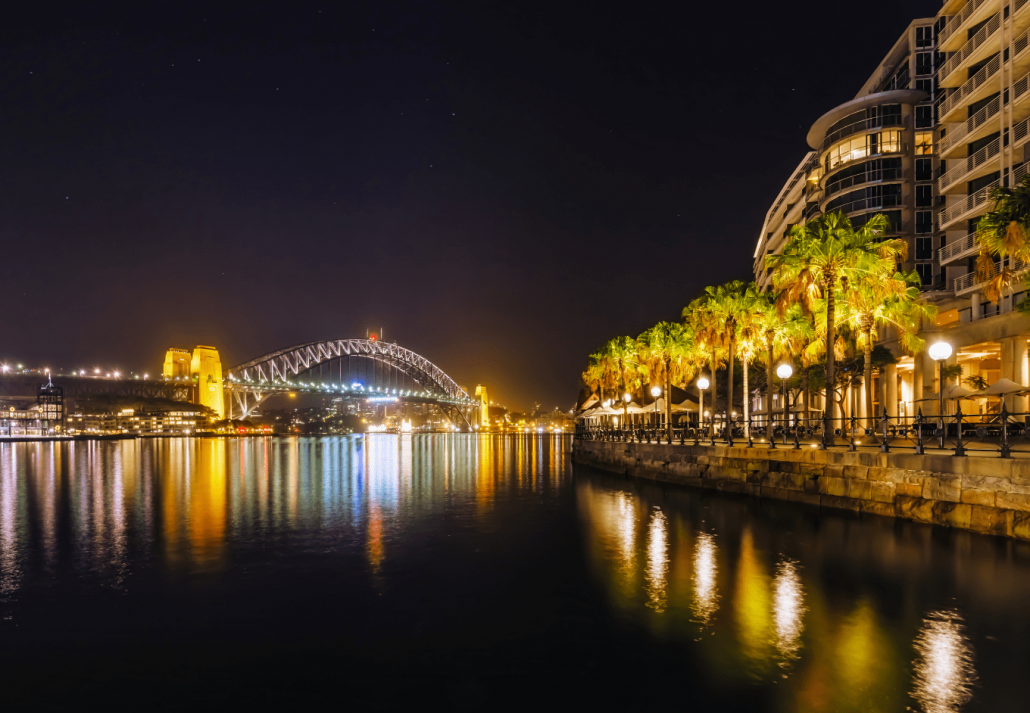Caves, cocktails and dances with deers: 11 days on Mexico’s Copper Canyon railway route
Mexico isn’t widely known for train adventures, but Jamie Fullerton found one of the world’s most intriguing rail routes in the country’s rural northwest
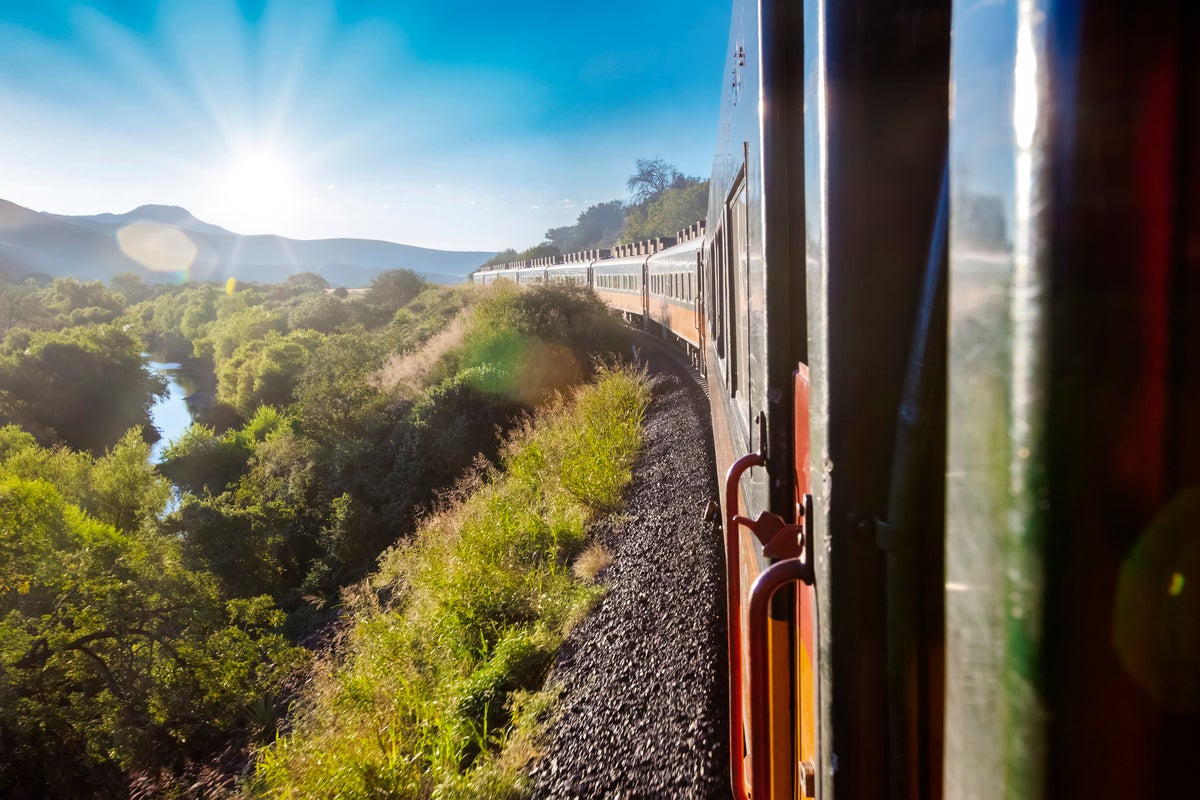
Before boarding the Chepe Regional train, I’d heard that the state of Chihuahua was considered ‘drug cartel land’. But I was still a little surprised to pass a policeman with a machine gun strapped to his back in the carriage aisle.
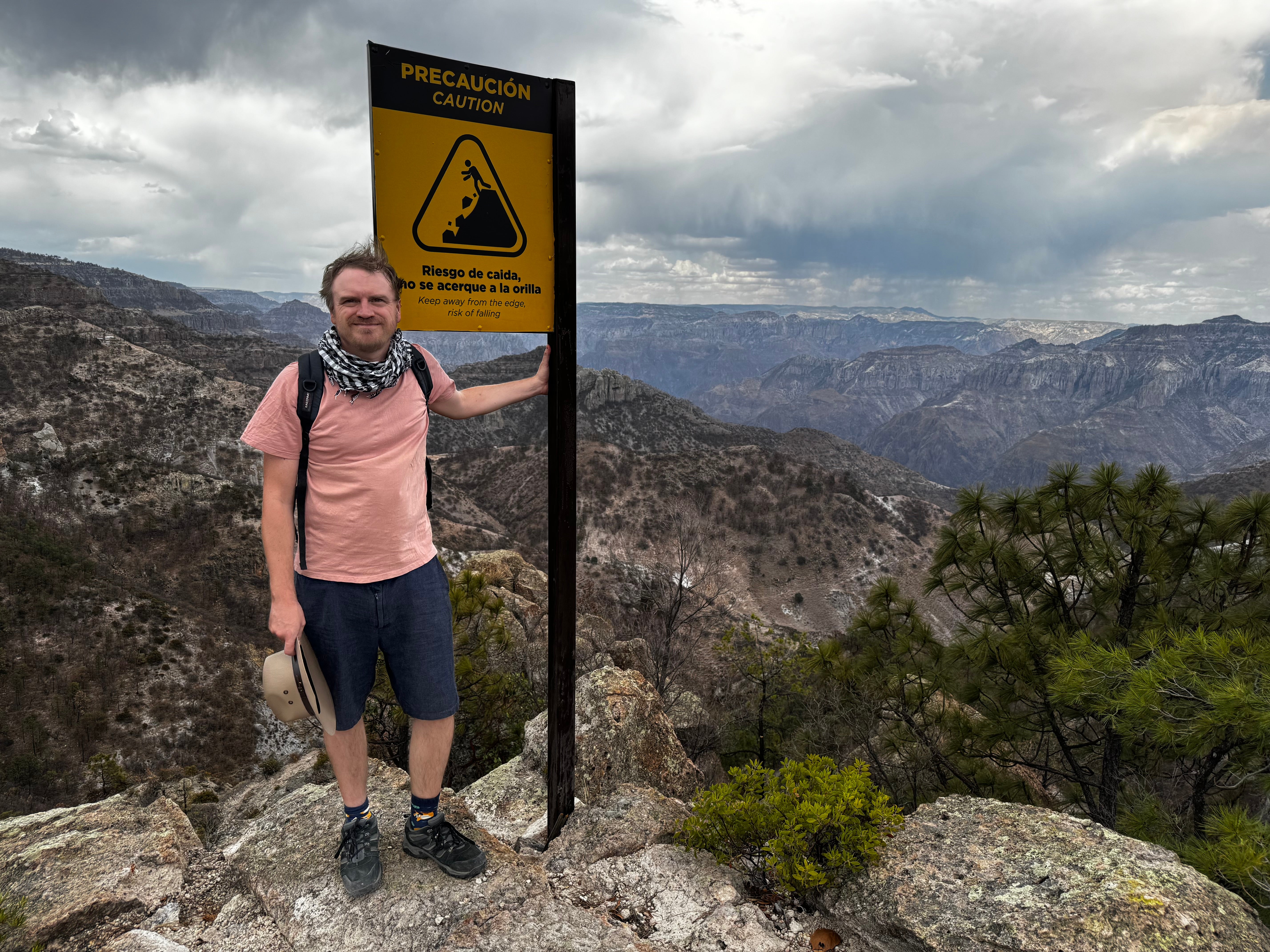
It was day one of my 11-day railway trip through the massive canyons of northwest Mexico, collectively known as Copper Canyon due to their colouring. I wasn’t put off by reports of violence – tourists don’t tend to get caught up in disputes, and the association frustrates some locals.
“It’s sad to say: some tourists don’t come [to Chihuahua] because they feel as though they won’t be safe,” says Gustavo Lozano, a guide in his early 60s. “They miss this wonderful trip. If it was dangerous, I wouldn’t be here.”
The Chepe train route runs 405 miles between the cities of Chihuahua and Los Mochis, trundling through tunnels and forest-dotted canyons, connecting sparse settlements. It launched in 1961 and was supposed to be part of a longer route connecting the US Midwest to the Mexican port of Topolobampo, although it was never completed.
Read more: The best hotels in Mexico
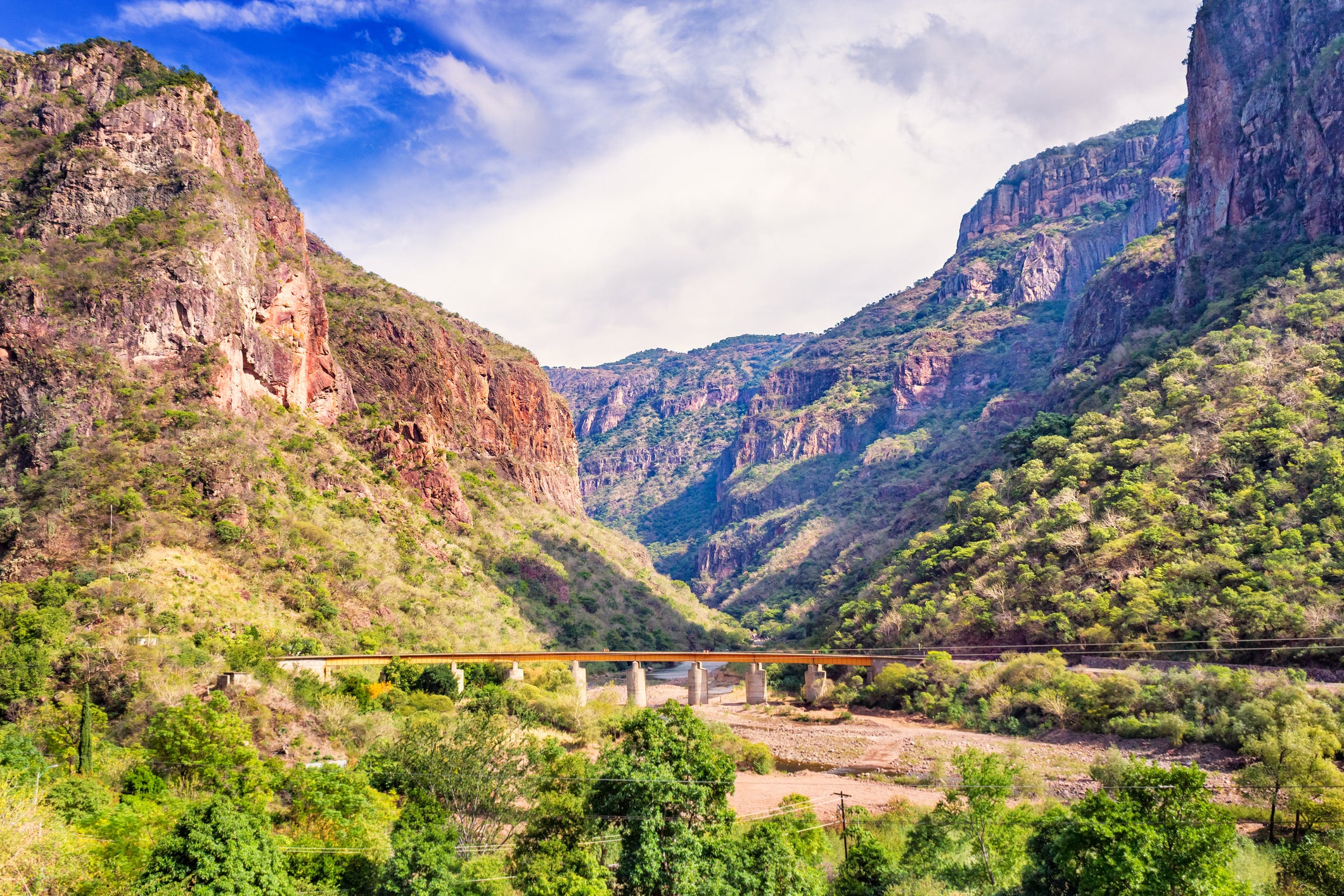
For visitors, the route initially provided a rugged rural adventure unique in Mexico. In 2018, a tourist version of the train called the Chepe Express was launched.
In contrast to the basic Chepe Regional, the Chepe Express has leather seats, high-end burgers and a bar carriage with thumping dance music. The two train services run a few times per week each, so many tourists travel the route over a day or two. But I decided to ride both the local and tourist trains, getting off at each stop.
I first alight at the small town of Creel, from which a driver takes me to the nearby Valley of the Monks. I walk in the shadows of house-tall natural stone structures that (sort of) resemble monks.
I’m told that this place used to be known locally as a ‘valley of penises’, until Catholic church figures gained more influence and baulked at the reference. Either way, it’s calming to walk around the boulder bases, briefly escaping the skin-crisping sun. We stop at a huge rock resembling a frog, and then at what looks like a collection of large stone mushrooms.
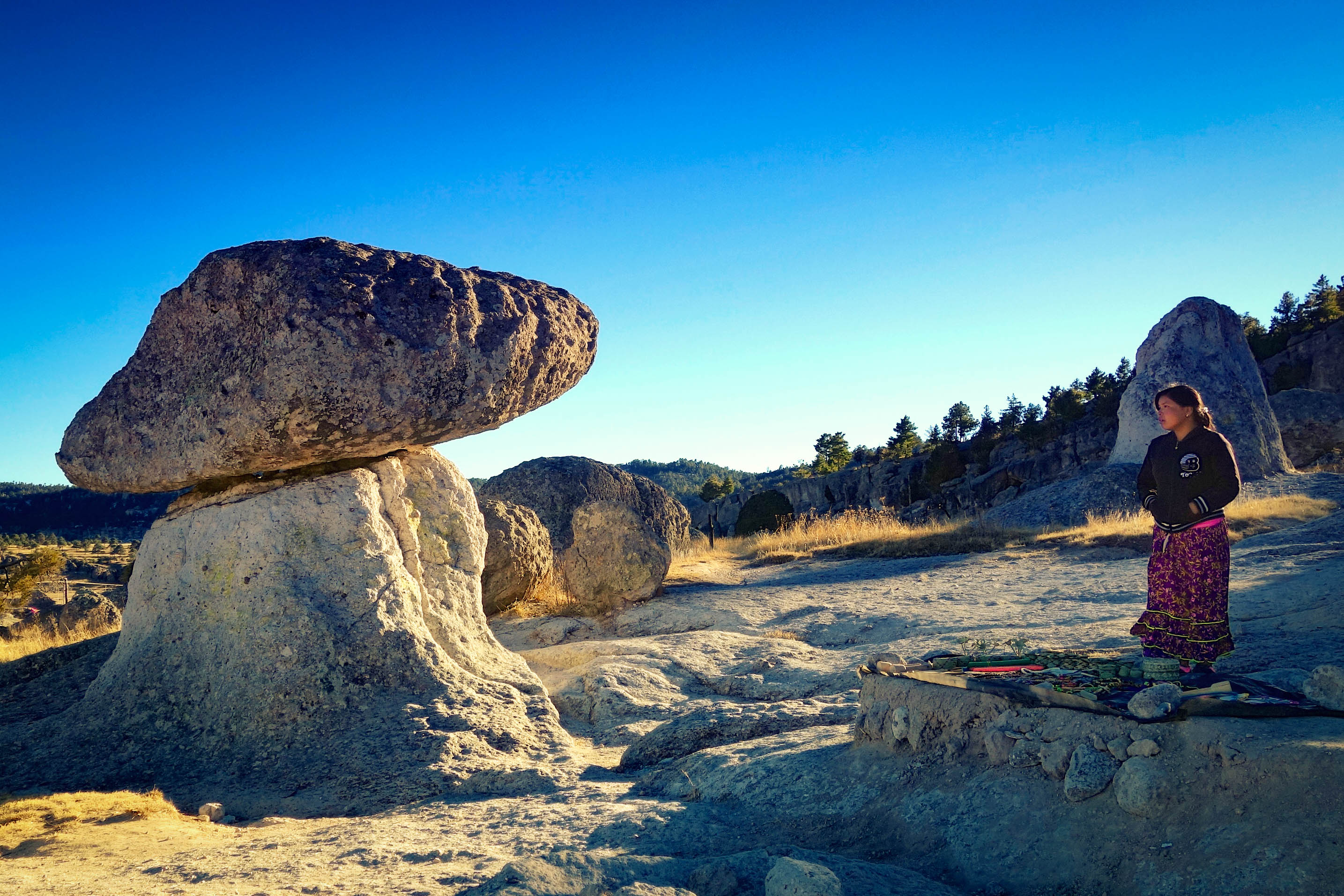
As we traverse rubbly roads between frogs, mushrooms and monks, we occasionally pass women wearing long, crinkly blue skirts. We’re in the territory of the Rarámuri: the indigenous group pushed into the canyon depths when Spain colonised Mexico in the 16th century. In the small museum by Creel’s train station, videos teach me about the spectacular long-distance running ability of the Rarámuri, which translates to “runners on foot” in their dialect. Many Rarámuri still live semi-nomadically, building houses among caves.
I meet local guide Lozano at my second stop, Divisadero: a sparse outpost overlooking a canyon. No offence to Creel’s rocky monks, but the vista is a new level of beautiful vastness. Birds of prey circle overhead, as I scan misty peaks and wiry bushes rooted at improbable angles to copper-coloured dirt ledges. In the distance, I see a lone Rarámuri girl walking between the cliffside thickets, the bright orange of her skirt popping amidst the grey rocks.
Read more: Escape the crowds in Yucatan: How to enjoy a peaceful break on Mexico’s party peninsula
Lozano leads me down the canyon, and my hiking shoes sporadically skid on loose rock. Lozano points out hosepipes angled between tree roots: makeshift plumbing directing spring water.
We pass teapots on stone ledges, goats with bells hanging from their necks, and fluffy puppies peeking out from behind knobbly wooden cave doors. We exchange nods with a moustachioed man craning his neck to watch us from a gap he’d built into his cave house wall.
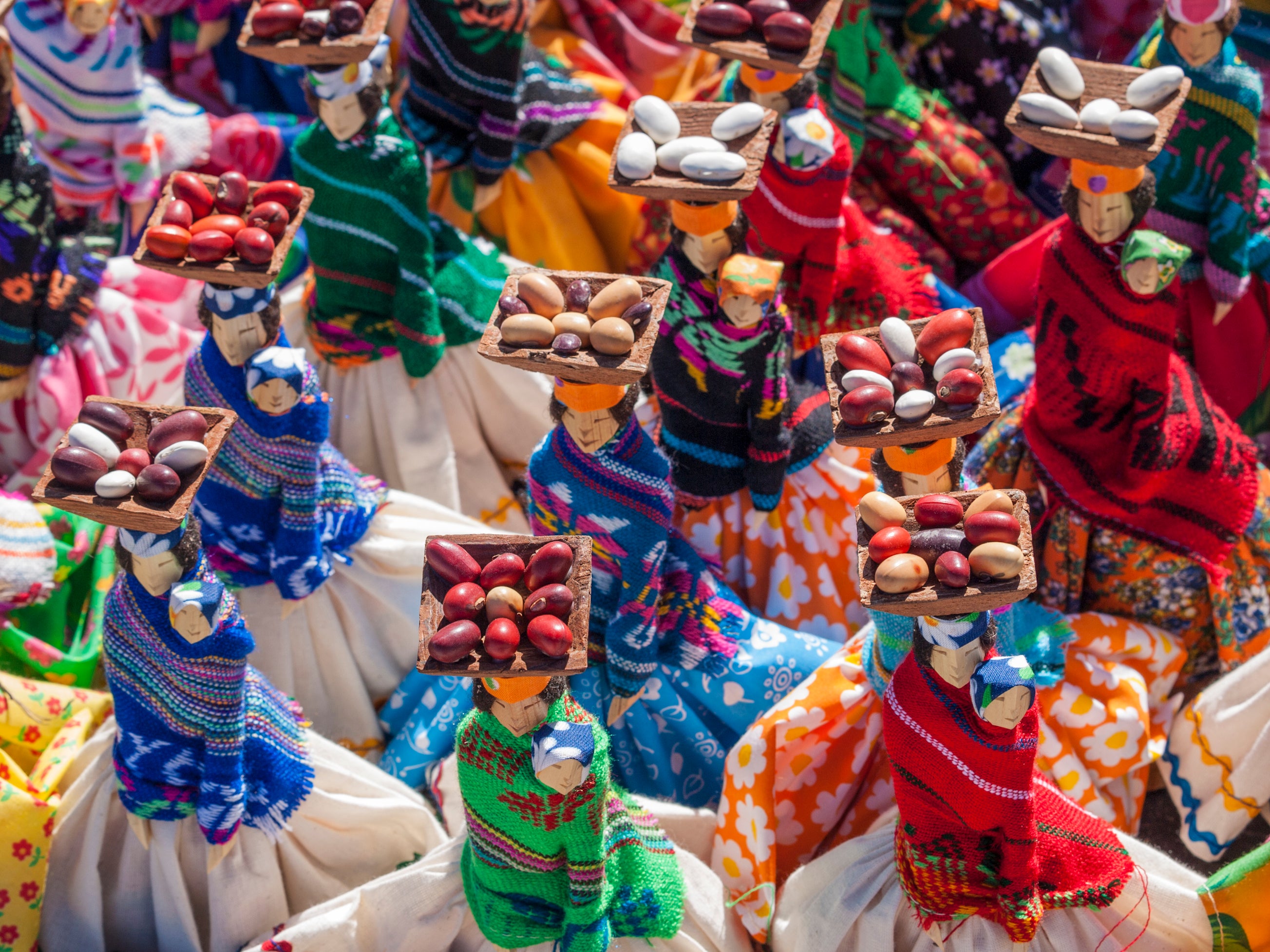
Our “Kwira bá” greetings (a Rarámuri variation of “hello”) don’t prompt too much enthusiasm. Lozano says that landowners have tried to evict locals from this area, and there are understandably trust issues. Some Rarámuri earn from tourism, leading hikes or working at the nearby zipline park, but Lozano says others won’t work with outsiders.
After a few nights in a Divisadero cliffside hotel, I board the Chepe Express and order a virgin piña colada in a bar carriage with screens playing Madonna and LMFAO videos. The quieter carriages have plush brown seats, and my on-board gourmet burger is the best train food I’ve had. As Smells Like Teen Spirit blasts from the train, a Rarámuri woman stands by the track, covering a little girl’s ears with her hands as we whizz past.
I get off at Bahuichivo: a snoozy, mountain-flanked town with no phone signal. A hotel owner I meet on the town square agrees to drive me to the bottom of the Copper Canyon, on bumpy, snaking roads flanked by witchy, leafless trees. We pass murals depicting Rarámuri women running long-distance races, wearing long pink skirts and determined expressions.
Read more: The best hotels in Cancun
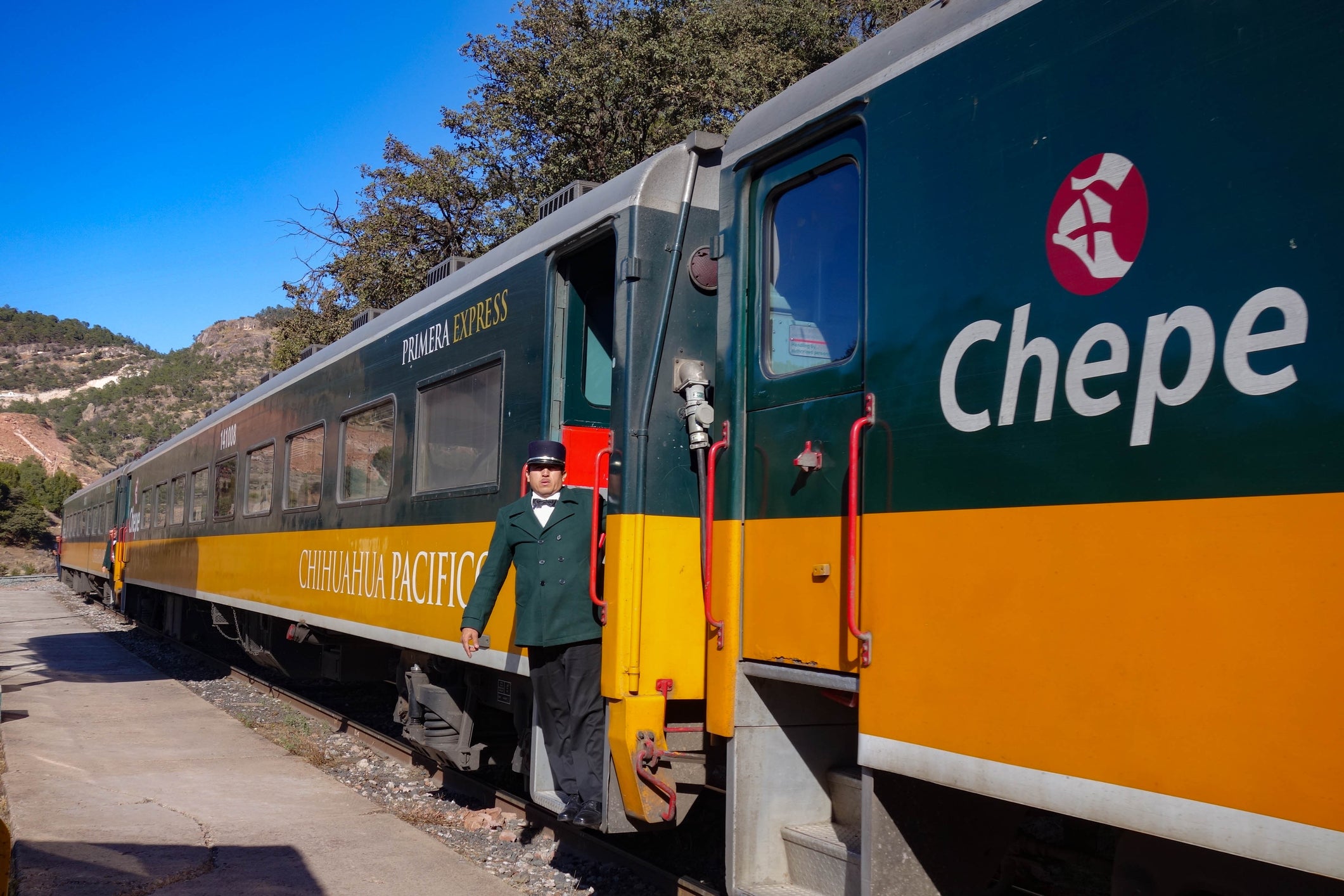
When the train gets to its fourth main stop, El Fuerte town in Sinaloa state, we’re no longer in Rarámuri land. A guide takes me to nearby Los Capomos, a village that’s home to Mayo indigenous people. In a large open-walled building, buttressed by crooked wooden pillars, I’m introduced to a man named Ernesto, who is strapping a deer head to his forehead. I can’t tell if it’s a realistic model or taxidermy.
Ernesto is wearing rattles made from dried butterfly cocoons, known as tenábaris, around his ankles. They make a loud rattlesnake noise as he begins to dance, backed by white-shirted men hitting dried calabash plants with drumsticks. Ernesto scrapes his deer head antlers on the ground, then pushes its mouth to a water bowl.
This is maso bwikam, “deer songs” in Mayo language, often performed as a rain dance. Ernesto’s movements are mesmerising, and with researchers reporting that Mayo culture is being lost among modern Mexico, these visits help share the ritual while providing income for performers. But I don’t think it’s too snowflakey to admit that I feel a teensy bit awkward when paying indigenous people to dance for me.
Read more: The best Mexico holiday destinations – and when to travel to each one
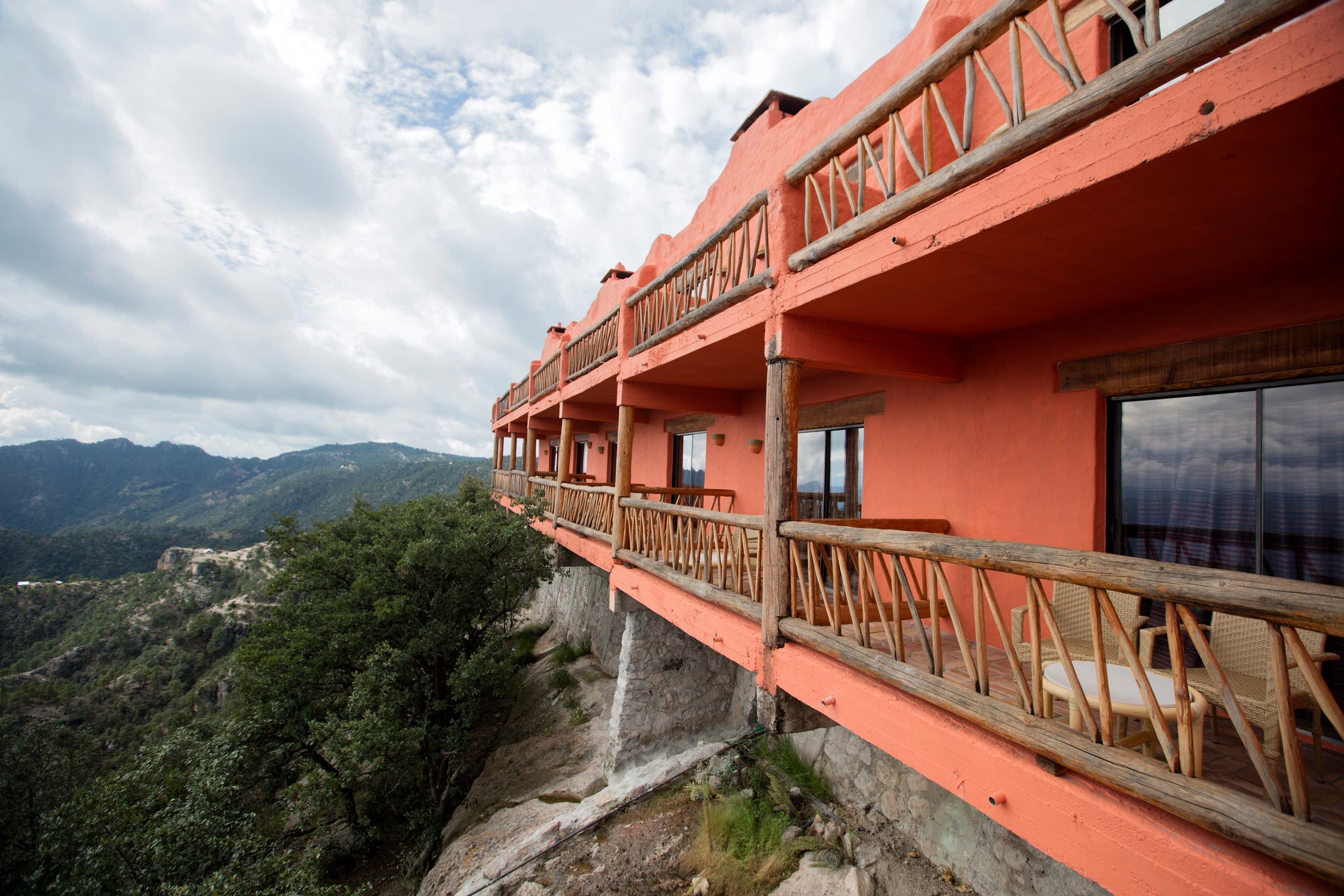
It's feelings of awe and adventure, though, that dominate my Copper Canyon trip. In El Fuerte, I board the Chepe Regional for the final stretch to Los Mochis city: the route’s full stop.
It’s a smooth two-hour ride past fields and a pastel purple sunset. Just before we arrive in Los Mochis, the cop I saw on the first train walks through my carriage, his machine gun still strapped to his back. We trade thumbs-up as I pull my backpack on.
Jamie Fullerton was a guest of The Chepe Express.
How to get there
Aeroméxico and British Airways fly from London Heathrow direct to Mexico City, with flight times of around 11 hours and 35 minutes. Aeroméxico, VivaAerobus and Volaris fly direct from Mexico City to Chihuahua, with flight times of around two hours and 15 minutes. Aeroméxico and Volaris fly direct from Los Mochis to Mexico City, with flight times of just over two hours.
How to book
Find the schedule for the Chepe Regional (local) train at the link. Chepe Regional tickets can only be booked at station ticket offices or by calling +52 800 122 43 73 (Spanish-language only), and for foreigners, cost around £143 for the entire route, one-way.
Book Chepe Express (tourist) train tickets from £115 for the entire route, one-way.
Where to stay
The best was El Fuerte’s Hotel Posada del Hidalgo, which has large rooms, an outdoor pool, and regularly hosts a mildly cheesy Zorro live show.

 JaneWalter
JaneWalter 























